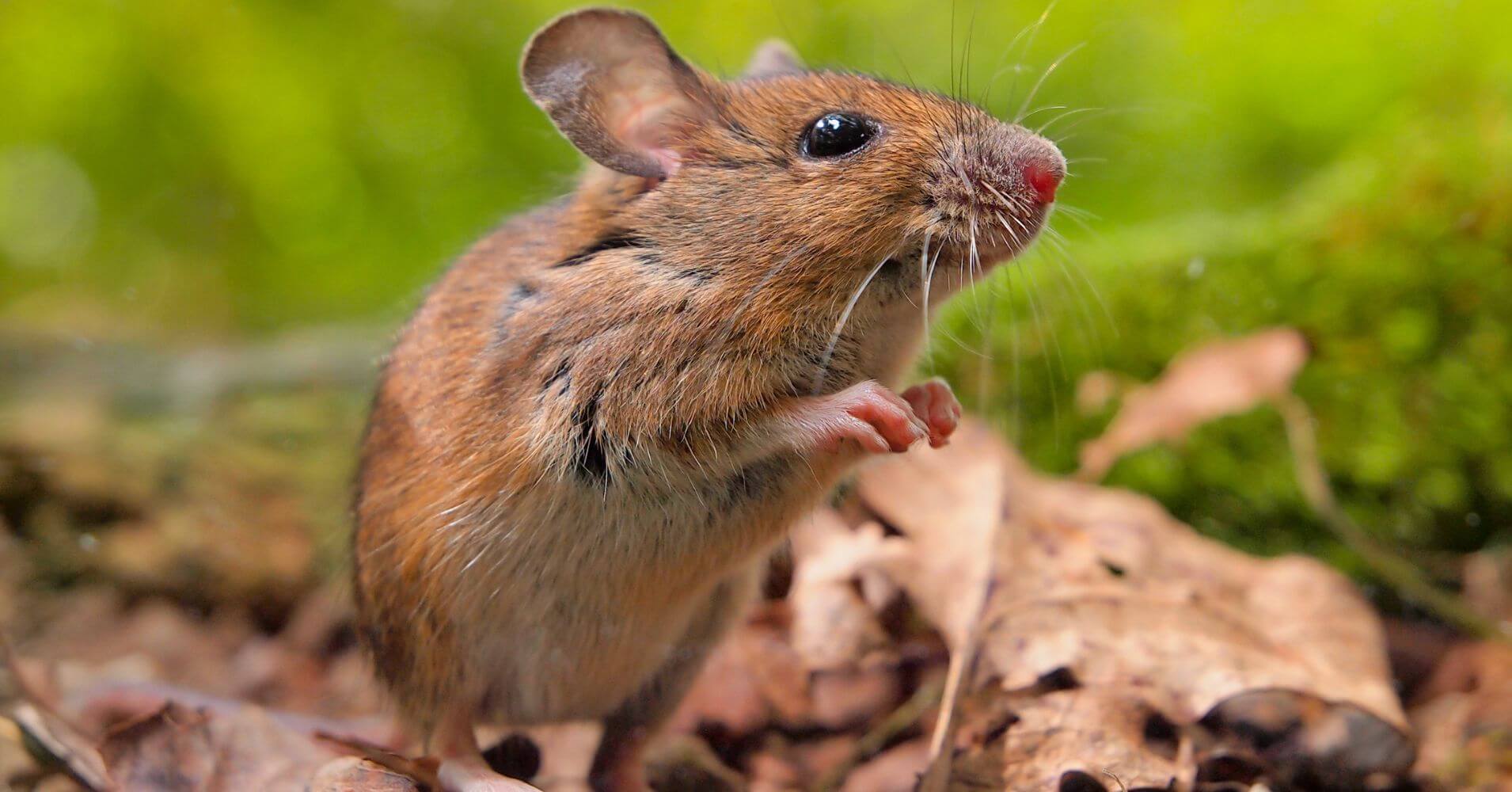
The Bush Rat: Nature’s Stealthy Snack Switcher
Forget the city slicker Norway rat – let’s talk about the lesser-known, but equally fascinating, bush rat! This native Australian doesn’t crave skyscrapers, but thrives in the lush greenery of our bushlands and gardens. But don’t let its charming name fool you, the bush rat can be a cunning little opportunist.
Master of the Munchies
The bush rat is an omnivore, meaning it enjoys both plants and animals. Think of it as a nature-powered buffet connoisseur, happily munching on fruits, seeds, insects, and even the occasional small reptile. They’re particularly fond of feasting on ripe fruit, earning them the nickname “fruit rat” in some parts of Australia.
But their love for a good snack can sometimes clash with our own. These agile climbers can scale fences and sneak into sheds, eyeing our precious fruits and veggies with a twinkle in their beady eyes. They might even leave behind a trail of nibbled apples and gnawed pumpkins as evidence of their culinary adventures.
A Life in the Understory
Unlike their city cousins, bush rats are shy creatures. They prefer the cool, damp shade of the forest floor and the leafy protection of dense vegetation. They’re nocturnal, meaning they come out to play when the sun sets, leaving us with only rustling leaves and the occasional glimpse of a twitching tail as clues to their presence.
But don’t underestimate their skills! Bush rats are expert burrowers, constructing intricate underground tunnels and nests. These cozy hideouts provide them with shelter from predators and the harsh Australian sun.
 A Balancing Act
A Balancing Act
Bush rats play a vital role in our ecosystem. They control insect populations, disperse seeds, and even help aerate the soil with their burrowing activities. They’re also a food source for owls, snakes, and other predators, keeping the food chain in balance.
However, when their populations boom, or their natural habitats shrink, bush rats can become a nuisance to farmers and gardeners. Their appetite for fruits and vegetables can lead to crop losses, and their burrowing can damage gardens and infrastructure.
Living in Harmony with the Bush Rat
So, how can we coexist peacefully with these intriguing creatures? Here are some tips:
-
Seal up potential entry points:
Block up holes in sheds and fences, and ensure windows and doors are secure.
-
Store food securely:
Keep fruits and vegetables in airtight containers, and compost any fallen fruit to avoid attracting them.
-
Use natural deterrents:
Plant strong-smelling herbs like mint and rosemary around your garden, or scatter cayenne pepper around potential entry points.
-
Seek professional help:
If you’re dealing with a large infestation, consider contacting a reputable pest control company. They have the expertise and tools to safely and effectively manage the problem.
Friendly Pest Control understands the delicate balance between protecting our homes and respecting nature. We offer sustainable and humane pest control solutions that target specific pest problems, minimizing impact on the broader ecosystem. If you’re facing a bush rat dilemma, contact us today for a free consultation and learn how we can help you achieve harmonious coexistence with these fascinating creatures.










